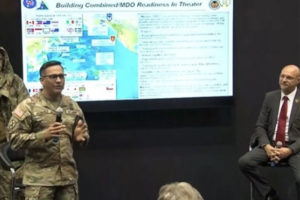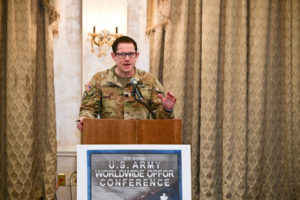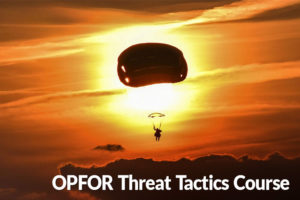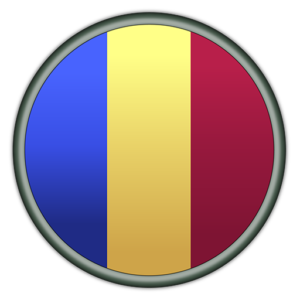OPFOR
HUNTSVILLE, Ala. — The U.S. Army Training and Doctrine Command G2 Opposing Forces Directorate and the Joint Pacific Multinational Readiness…
READ STORY
JOINT BASE LANGLEY-EUSTIS, Va. – U.S. Army Training and Doctrine Command G-2 hosted the 27th Annual Worldwide Army Opposing Force…
READ STORY
This page is intended to help the host-organizers of upcoming Threat Tactics Course Phase 2 classes. You situation may differ,…
READ STORY
TRADOC G2 ATP 7-100.1 Russian Tactics LPD TRADOC G2 Invites you to participate in a Leader Professional Development (LPD) opportunity…
READ STORY





